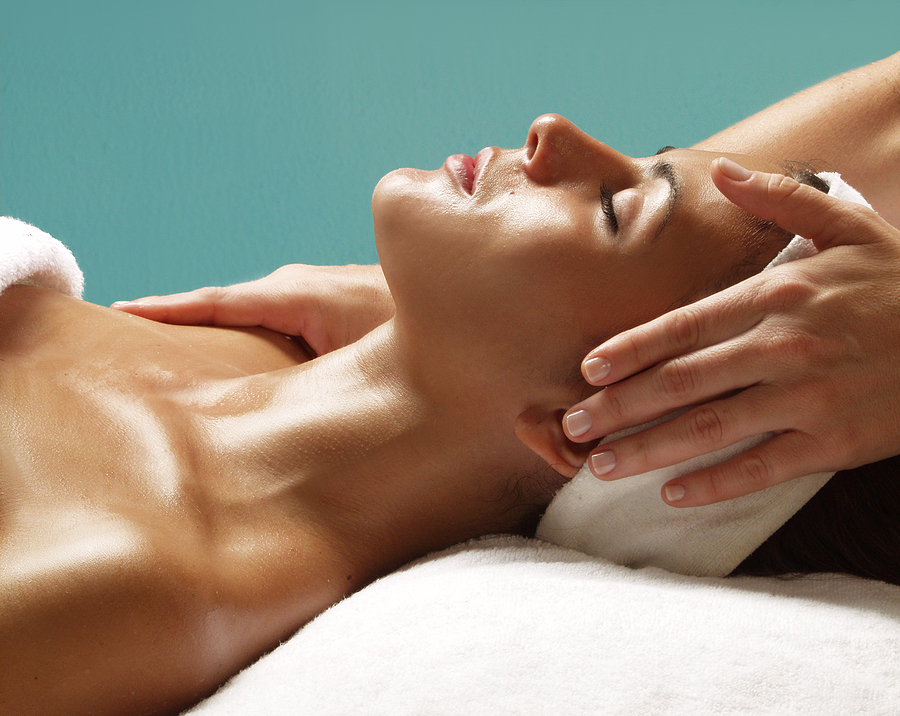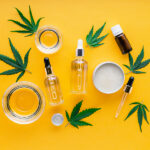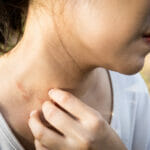When acne is severe, it can leave behind noticeable scars that have a negative impact on a person’s confidence. While acne happens to many of us, the scars that it leaves on our skin are like a reminder of how annoying the blemish can be. Acne scars are one of the most difficult skin conditions to treat.
Scars take months or years to heal completely, but they don’t always need to stay there! There are many treatments available – subcision Singapore being one option – which will help you get rid of those unsightly marks for good!
Here you’ll learn a lot about acne scars and how people can have them dealt with professionally.
What are Acne Scars?
Table of Contents
Acne scars are the result of severe acne that leaves behind a mark on your skin. They are characterized by surface irregularities, such as pitted or depressed textures and misshapen features. The size, shape, colouration, and texture may vary depending on what kind of lesion you have had (for example, subcision Singapore).
Acne scars happen when some form of acne is left untreated for too long – typically in cases where cysts develop deep below the surface layer of the skin before bursting to leave behind an unsightly scar.
The severity will depend largely on how full-blown the infection was at first: if it wasn’t treated within a couple of days, then there’s likely going to be a scar.
Types of Acne Scars
Some common types of acne scars are icepick, rolling, boxcar and hypertrophic.
Icepick scars
These look like thin pits or holes in your skin – subcision can be effective here. Icepick scars are narrow but deep and often extend to subcutaneous skin. People who have these tend to have thin, fragile skin and may also be prone to keloid scars.
Rolling scars
This is another common type of acne scar that is caused by subcutaneous damage from an infection. They look like waves or folds in the skin surface – subcision can help! These should be treated quickly because they’re more likely than any other kind of acne scar to become hypertrophic (thicker) if left untreated.
These scars are also known as “scoop” or “ice cream” shaped scars because they look like rolling hills on your skin surface, almost like a wave of sand dunes. They’re wider than icepick scars – subcision Singapore can fix these too!
Hypertrophic Scars
These are the most common form of acne scars, and subcision is effective for them too! They form during an active inflammatory phase, such as when you’re healing from any kind of injury or surgery. Hypertrophic scars can also develop at any time on your face if you neglect to remove blackheads/whiteheads with proper skincare tools like subcision kits that come equipped with everything needed to get rid of those pesky spots in one go.
Boxcar
This type is one where you get these pinkish crescent moon shaped lesions on your face with sharp borders; they’re probably caused by pustular eruptions, which leave behind subdermal cysts when ruptured, causing discolouration and depression in the skin.
Acne Scar Removal Treatments
There are various acne scars treatments available that can help to subdue the appearance of scars on your skin, and such includes laser therapies, subcision, and fillers.
Laser Therapies
One of the most sought after acne scar treatments falls under the category of laser therapies. This includes subcision Singapore, which is the removal of scar tissue by laser.
Subcision for Acne Scars
Subcision treatments have been proven to be one of the most successful acne scars treatment among all other available options because subcutaneous fat can also be lifted after this procedure, and a subdermal cyst or comedo may resolve with this type of intervention in place. It’s important that sub-skin scarring does not occur during this process as it will worsen if left untreated.
Fillers
Another way you could get rid of your acne scars are by injecting fillers like hyaluronic acid into the area where there is an open wound on your skin; they’re effective at making those wounds heal faster than normal timeframes while giving your skin a smoother appearance at the same time.
Tips for Preventing Future Acne Scars
Prevention is said to be the key when it comes to acne scars. This is how you can avoid subcision Singapore in the future:
- Wear sunscreen every day, and reapply if necessary after spending more time outdoors than usual (this includes times like skiing or tanning).
- Don’t touch your face! Even healthy skin has oils that prevent water loss from the surface layer of our skin – so rubbing on makeup with unwashed fingers will only lead to clogged pores which could worsen into a subdermal cyst. You also want to scrub off any dirt or dead cells before they turn into an irritating spot, right? For this reason alone, wash your hands often and use gloves whenever possible for safer hand washing.
- Keep away from anything oily – this includes subcision Singapore and any skin products like makeup or sunblock that have oils. If you’re trying to avoid acne scars, then it’s best not to use anything oily on your face!
- Use a subdermal cyst treatment kit for quicker recovery time, which might also lead to fewer infections in the future since subdermal cysts are more likely than other types of acne to occur again if left untreated.
- Drink plenty of water every day. Hydration is said to be the key when it comes to keeping out acne because dehydration will only worsen subcutaneous damage caused by infection without proper skincare tools used after washing/cleansing the area (like some type of subdermal cyst removal tool). Drinking plenty amounts of water will also help your skin cells repair subcutaneous damage more quickly.
Image Source: BigStockPhoto.com (Licensed)
Related Categories: Beauty, Reviews








